HOME DESTINATIONS Nainital
Raj Bhavan: The Governor's residence
Raj Bhavan was built to look like the Buckingham Palace at the turn of the 20th century. The estate once housed the British Governor and is now home to Uttarakhand's Governor.
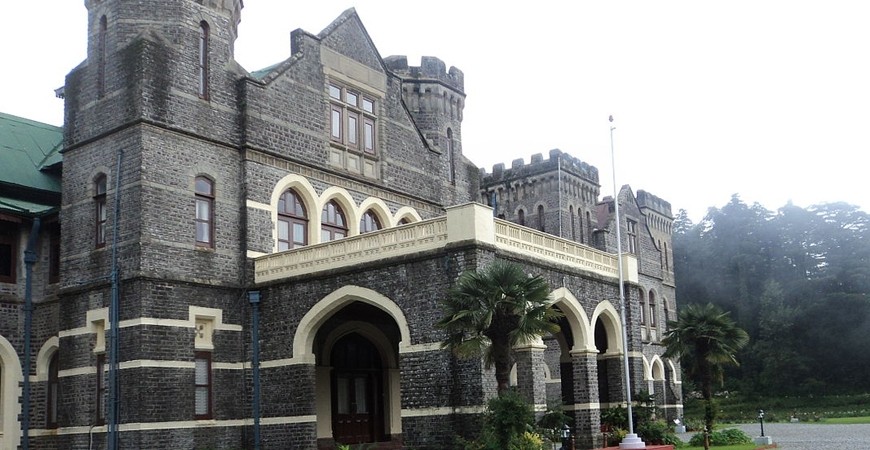
Set across 220 acres, the Governor's House in Nainital, the Raj Bhavan, is modelled on the Buckingham Palace in England. It was built in 1900 to serve as the summer residence of the governor of the North West Province of the British Raj. Visitors can take a guided tour of the building. It is an interesting walk made more so by the anecdotes that the guides bring with them.
One such story goes like this. The hills of Nainital were once under the reign of a young Robin Hood-like figure called Sultana Daku. This young bandit knew the terrain so well that he proved too slippery for the British to apprehend. It took the collective wit of Jim Corbett, Colonel Samuel Pearce and Captain Fredrich Young to finally capture the youngster. The irony is that while the British were at their wit's end trying to locate him, Sultana was in their backyard. His hideout was a cave in the vicinity of the Raj Bhawan. Today, the cave is out of bounds for visitors, but the guides usually point out the general direction in which it lies.
Entry into the Raj Bhawan is restricted to a few areas. One can view the sweeping wooden staircase, the glistening chandeliers, the richly upholstered furniture, and the large, lofty rooms, all of which have been left mostly intact. It is the current residence of the Governor of Uttarakhand. This British-style building is one of the key landmarks of Nainital. A tour of the property feels like a walk through history.
Good to know :
Location: 15 km from Sterling Nainital
Entry Fee: As applicable
Timings: Varied for different seasons. 8:00 am to 4:00 pm during November and December. Remains open up to 6:00 pm during the summer months. Check with the front office at Sterling Nainital beforehand.
Other Attractions

Naini Lake: The Lake Named After The Eyes Of a Goddess
3hrsThe ancient Naini Lake is what gave Nainital its name. A magnificent sight to look at, this lake is also one of the 51 Shakti Peethas in India.
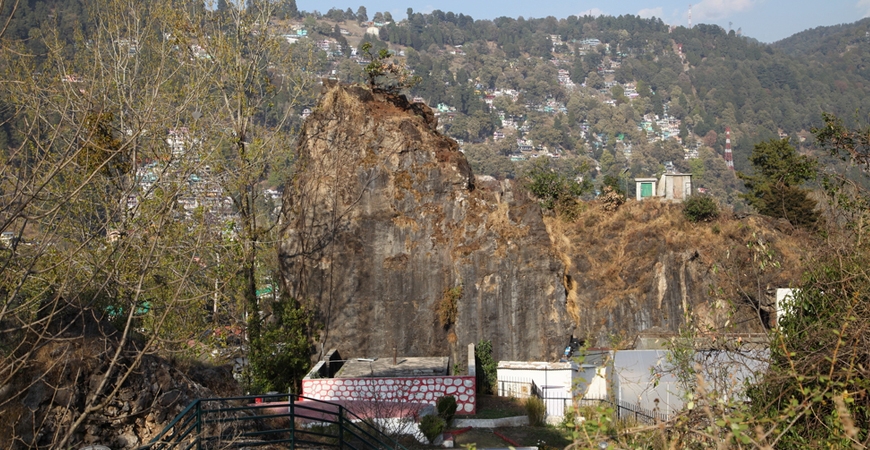
Eco Caves : Where the Big Cats Sleep
3hrsHave you ever wondered what life was like when early man lived in caves among big wild cats in prehistoric times? Visit the secluded caves of Mallital and you will get a glimpse of prehistoric life.
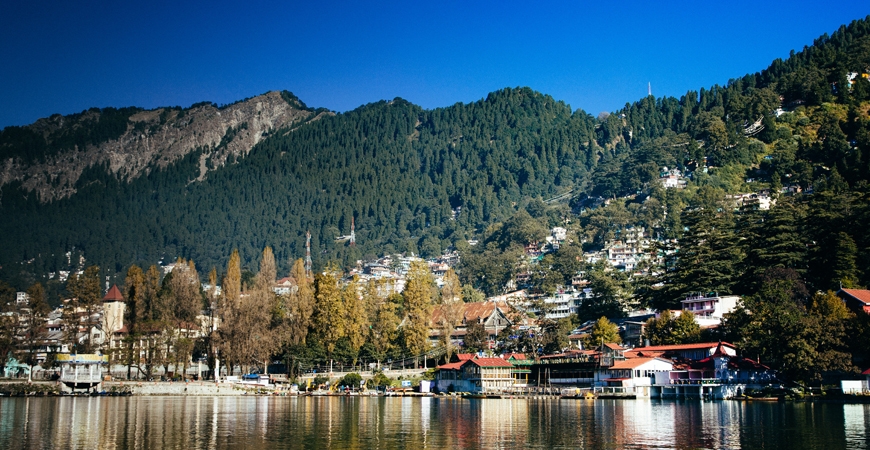
Mall Road: The Lifeline of Nainital
3hrsThe Mall Road at Nainital skirts the beautiful Naini Lake. Lined with shops, eateries and parks - this is where Nainital comes to life.
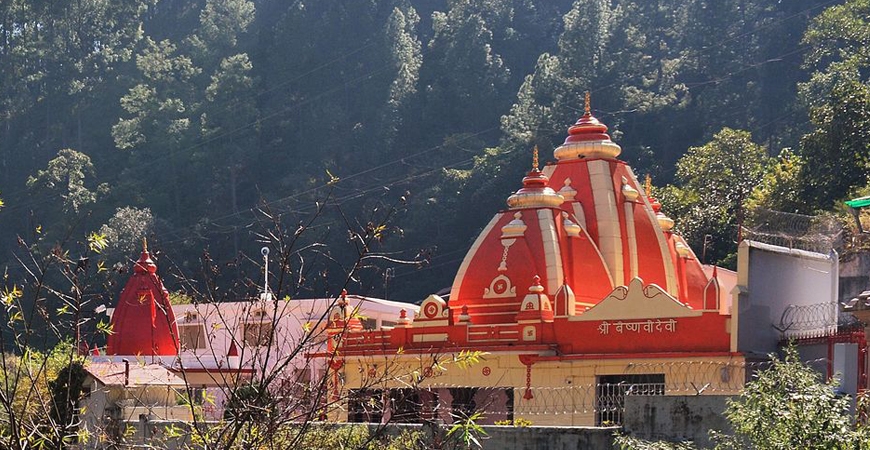
Kainchi Dham: The Legacy of Mystics
3hrsSteve Jobs and Mark Zuckerberg visited this hermitage to seek answers to life. Make a trip to this ashram and you could find the answers that you seek too!
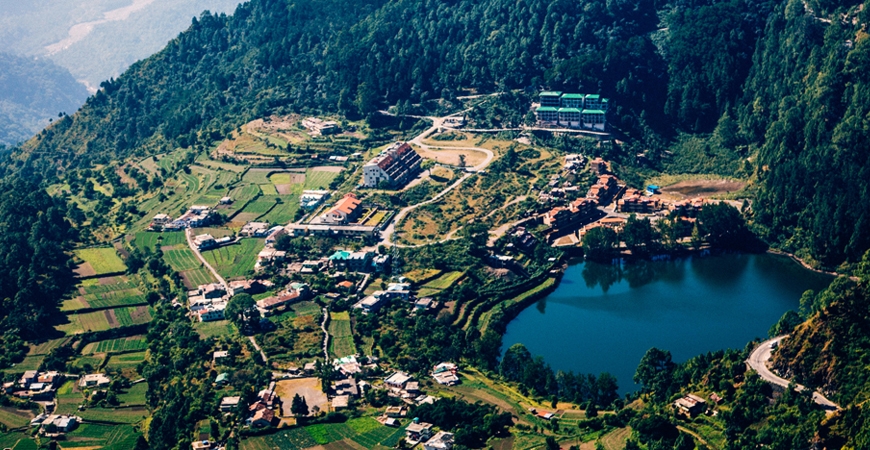
Khurpatal: Fish and Chill
3hrsKhurpatal is a pretty lake just 10 km from Nainital. You can fish, walk and buy organic produce from the farms in the vicinity.
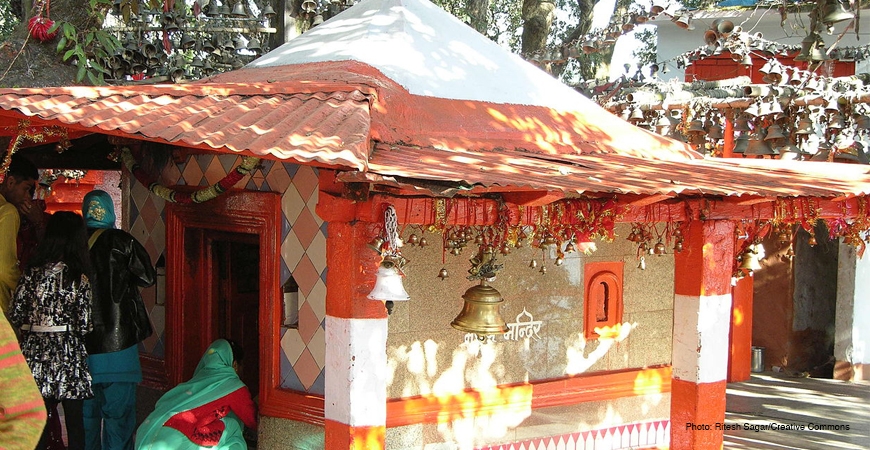
Golu Devta: The King Who Became God
3hrsThe temple of Golu Devta is a fine example of how a mere mortal got elevated to a God-like stature, through stories heard and shared over generations.
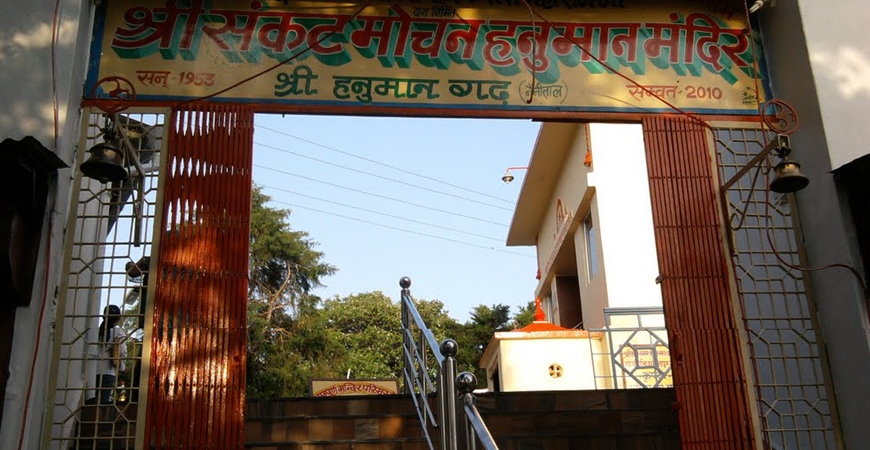
Hanuman Garhi: A Temple Built by a Wandering Saint
3hrsThe wandering saint from Nainital, Neem Karoli Baba, built the Hanuman Garhi atop a hill. This quiet temple is a must visit for those in search of peace or even just a good vantage point to enjoy the views of Nainital.
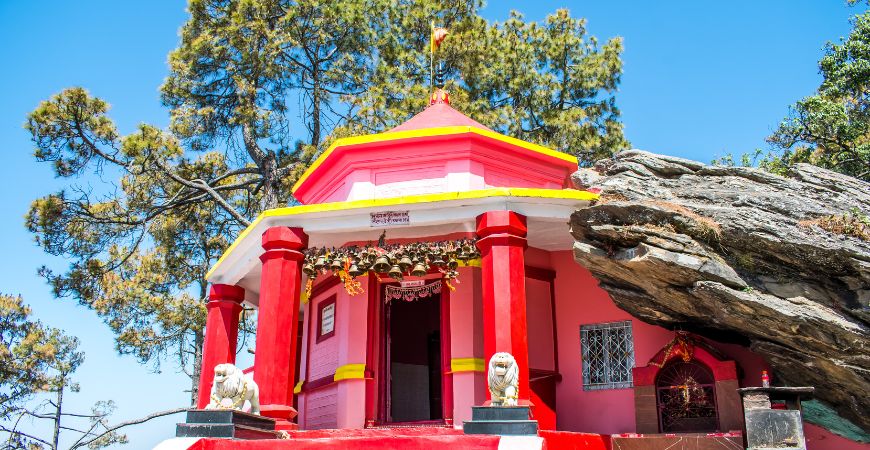
A Hilltop of Quiet Power
2hrsTucked away in the serene Kumaon hills of Uttarakhand, Kasar Devi Temple is a modest shrine with a legacy that spans centuries—and dimensions. Dedicated to Goddess Durga, it is believed to mark the sacred site where Kaushiki Devi defeated the demons Shumbh and Nishumbh, as told in the Devi Bhagavata Purana. Behind the temple, a natural rock formation is said to bear the impression of her lion mount—an enduring reminder of the divine energy said to reside here.

